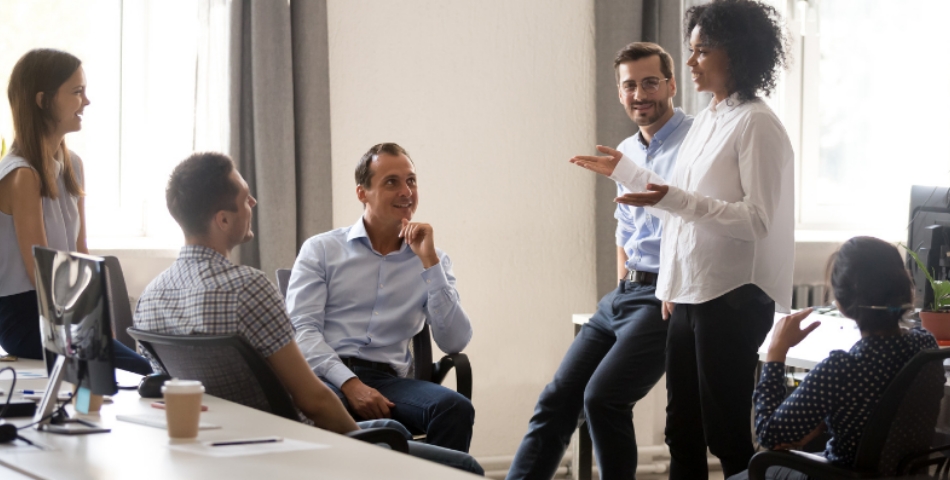Three tools for bridging divides in the new year

Heal America, a movement Stand Together has been part of to combat racial injustice with love and redemption, recently launched a tour event in Pittsburgh, in partnership with Leon Ford. When Leon was just 19 years old, he was shot five times in the back by a police officer, leaving him paralyzed from the waist down. Turning his anger and bitterness into constructive engagement, Leon called the civil society leaders in Pittsburgh together – the mayor, law enforcement, and nonprofit leaders – to have an honest, raw, but inspiring conversation about how to shift the course of the city away from racial division and toward courageous collaborations to address the most pressing manifestations of racial injustice.
That’s just one of many stories. It’s the growing presence of changemakers like Leon that give me hope that together we can build an America with a culture of belonging for all people.
While voices on the extremes may be the loudest, an overwhelming 77 percent of Americans are hungry for the chance to collaborate with people who are different than them. And many people are showing how to make it possible and the impact it can have.
Listen first. If our goal is to persuade, we approach conversations waiting to make our case while the other person is talking. But truly listening is vital. Kassy Alia Ray is a police widow who founded Serve & Connect after her husband was killed on duty, and she said, “I spent a lot more time listening and a lot less time talking, and it was there that I realized that we have so much more in common than we do different.” Dialogue experts, like Essential Partners, offer tips and tools helping individuals and communities to build this skill.
Challenge your own assumptions. Heal America hosted its first ever Breaking Bread session, in which six strangers with different backgrounds and perspectives, including celebrity chef Andrew Zimmern, met over a meal for a conversation about race in America. Discussing their experiences helped them relate to one another, sometimes unexpectedly, all in an effort to bridge divides and heal our country’s fractures. These conversations can be difficult to have because they’re often uncomfortable, so empathy and compassion are critical.
One attendee, diversity educator Antoinette Carroll, highlighted the kind of internal work that’s needed for healing to occur. “I personally believe that you first have to build your humility to ultimately become empathetic,” said Antoinette. “You can’t really pursue empathy if you haven’t unpacked your own biases, your own unseen areas, your own identities that are important to you, your values, your feelings.”
Keep it going. Conversation is how it starts. It is through conversation that we can develop trust, foster connection, and ultimately build communities. And each of us has the ability and the power to create the future we want, said Kassy: “If we could connect with one another, if we could get to know each other, to build trusting relationships that enable us to work together to take action, we can achieve this shared vision, where our communities are safe, our families are protected, and our children thrive.”
Ryan Tillman, a police officer in Chino, California, and founder of Breaking Barriers United, is an example of how starting with dialogue can lead to transformed hearts, minds, and action that really makes a difference in communities. Ryan’s commitment to be an agent of change has led him to conduct law enforcement trainings and speak to youth in communities across the country. His creative content continues to model discourse and empathy as a pathway to constructive activism, including inspiring those suspicious of law enforcement to become police officers to help bridge divides in their communities.
To overcome the racial divide in America, we must work together and move forward as a country. Breaking Bread is proof that we can be inspired to come together, talk to one another, and influence hearts and minds, despite our differences.

